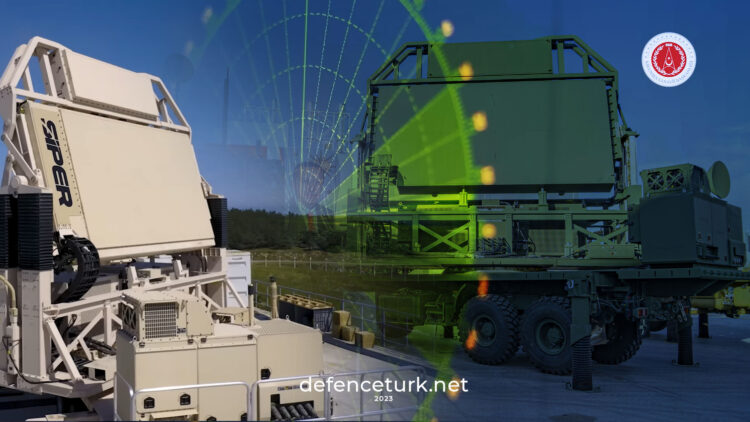The first of Turkey's long-range Early Warning Radar System (EIRS) has been deployed to Adana!
The EIRS system, an AESA radar developed by ASELSAN, will replace the TRS-22XX radars produced in Turkey with the French Thales license. In this context, according to the information obtained by Defense Turk, it completed the first EIRS factory acceptance tests and replaced a TRS-XX22 radar stationed in Adana with temporary acceptance.
EIRS, a new generation S-Band radar developed for long-range early warning purposes, with antenna architecture in AESA and digital beamforming infrastructure, is planned to have a target detection range of 470+ km and to be used at a range of up to 600+ km in various situations. EIRS, which will also be used in roles such as detection and tracking of ballistic missiles, will also play a critical role in the detection of targets with low radar cross-sectional area.
Speaking at the 4th Military Radar and Border Security summit, ASELSAN Deputy General Manager Dr. Mustafa Akkul also stated that the number of portable EIRS and fixed EIRS production numbers will be around 18 until 2030. Akkul stated that there are 4000 T/R modules in ERİS and even if 20% of these modules are broken, the radar can continue to operate with only 10% change in range. In the old generation PESA radars, there is a single source and receiver. Therefore, if a source is damaged, the radar becomes ineffective.
Native GaN Transistors started to be used in EIRS
Akkul also announced in the scope of the summit that the first S band domestic transistors produced by AB Mikronano had begun to be used in radars. According to the information obtained by Defense Turk, domestic GaN transistors have started to be used in the ASELSAN Early Warning Radar System (EIRS).
ASELSAN tarafından geliştirilen EİRS sistemi, Fransız Thales lisansı ile Türkiye’de üretilen TRS-22XX radarlarının yerini alacak.

www.defenceturk.net










